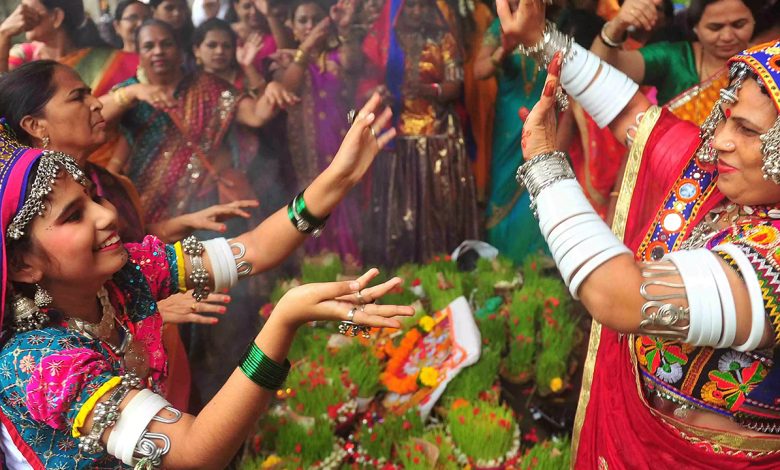
Context- Santh Sevalal Maharaj was a spiritual and religious leader of the Banjara community, a nomadic community that has been declared a Scheduled Tribe (ST) in a few States of India. Recently, the Union government began a year of celebrations to mark his 284th birthday.
Key Highlights
- This comes just weeks after an RSS-linked organization tried to make the community a part of the Hindu religion.
- However this has upset some in the community, who say that these efforts are like “Hinduisation” of their culture, which has nothing to do with Hinduism.
- In five states (Andhra Pradesh, Telangana, Bihar, Odisha, and Jharkhand), the Banjara community has been designated as a Scheduled Caste; in Himachal Pradesh and Karnataka, it has been designated as a Scheduled Caste; and in Chhattisgarh, Daman and Diu, Haryana, Madhya Pradesh, Maharashtra, Rajasthan, Uttar Pradesh, and Uttarakhand, it has been designated as an Other Backward Class (OBC).
- The celebrations began at the Dr. BR Ambedkar International Centre in New Delhi, where an exhibition of Banjara art and cultural and dance performances will take place for two days (February 26 and 27).
- The government’s Azadi Ka Amrit Mahotsav campaign to commemorate India’s 75th anniversary of independence is overseeing the celebrations.
- Every Banjara family holds Sant Sevalal Maharaj in high regard as a symbol, and in all of these states, Sant Sevalal Maharaj ji’s birthday is marked with great fanfare in February.
Banjara Community
- The word “banjara” comes from the words “vanaj,” which means “trade,” and “jara,” which means “travel.”
- India’s nomadic Banjara, also known as gypsies, were the vital supply chain for villages.
- They were commercial nomads, distributing salt and other necessities to interior villages hundreds of years ago. However, they did have a connection to the land.
- The British tried to take their lands for plantations and use them as labor, but many tribes, including the Banjaras, refused.
- The Banjaras and a number of other tribes were included in the Criminal Tribes Act in 1871 as a result of the British’s frustration with their ongoing rebellion.
- In the 1950s, the community was not informed, but they were listed in the Habitual Offenders Act of 1952.
- Banjaras, whose ancestry dates back to Rajasthan, now reside in several states and are referred to by a variety of names, such as Lambada or Lambadi in Andhra Pradesh and Lambani in Karnataka; Gwar or Gwaraiya, for example, in Rajasthan.
- They are identified as Vimukta Jati/denotified tribes, Scheduled Tribe (ST), Other Backward Class (OBC), and Scheduled Caste (SC) in a number of states.
- The Banjara language is knoThe word “banjara” comes from the words “vanaj,” which means “trade,” and “jara,” which means “travel.”
- India’s nomadic Banjara, also known as gypsies, were the vital supply chain for villages.
- They were commercial nomads, distributing salt and other necessities to interior villages hundreds of years ago. However, they did have a connection to the land.
- The British tried to take their lands for plantations and use them as labor, but many tribes, including the Banjaras, refused.
- The Banjaras and a number of other tribes were included in the Criminal Tribes Act in 1871 as a result of the British’s frustration with their ongoing rebellion.
- In the 1950s, the community was not informed, but they were listed in the Habitual Offenders Act of 1952.
- Banjaras, whose ancestry dates back to Rajasthan, now reside in several states and are referred to by a variety of names, such as Lambada or Lambadi in Andhra Pradesh and Lambani in Karnataka; Gwar or Gwaraiya, for example, in Rajasthan.
- They are identified as Vimukta Jati/denotified tribes, Scheduled Tribe (ST), Other Backward Class (OBC), and Scheduled Caste (SC) in a number of states.
- The Banjara language is known as a distinct dialect as “Gorboli,” “Gor mati Boli,” or “Brinjari.”
- The dialect is classified as an Indo-Aryan language.
- n as a distinct dialect as “Gorboli,” “Gor mati Boli,” or “Brinjari.”
- The dialect is classified as an Indo-Aryan language.





.png)



